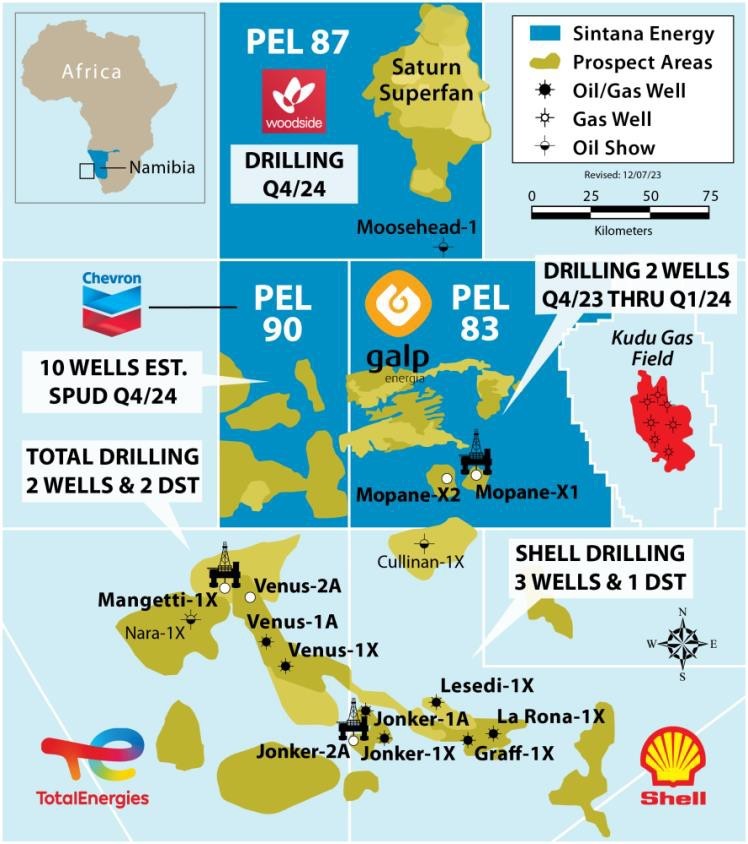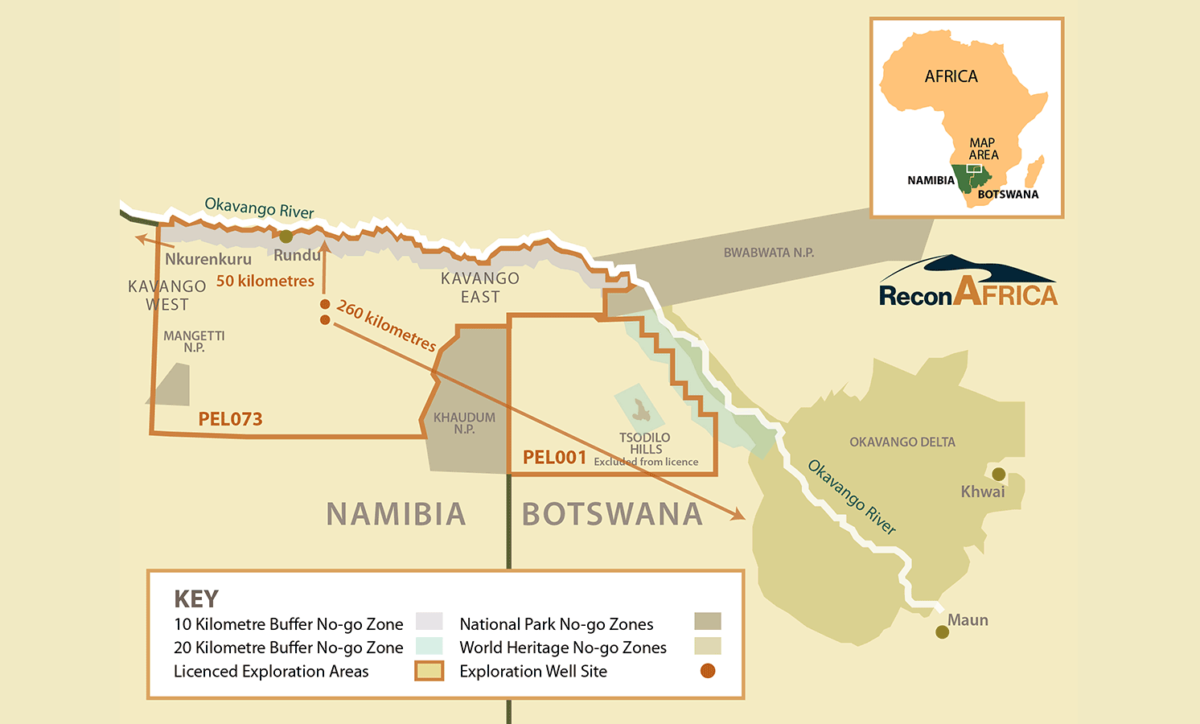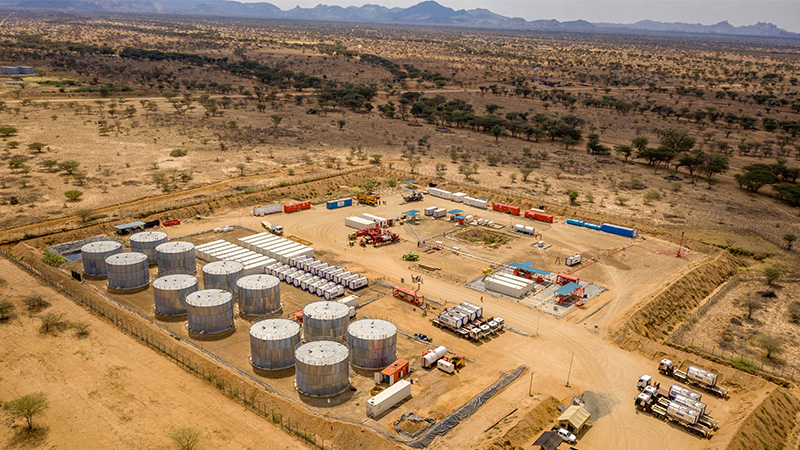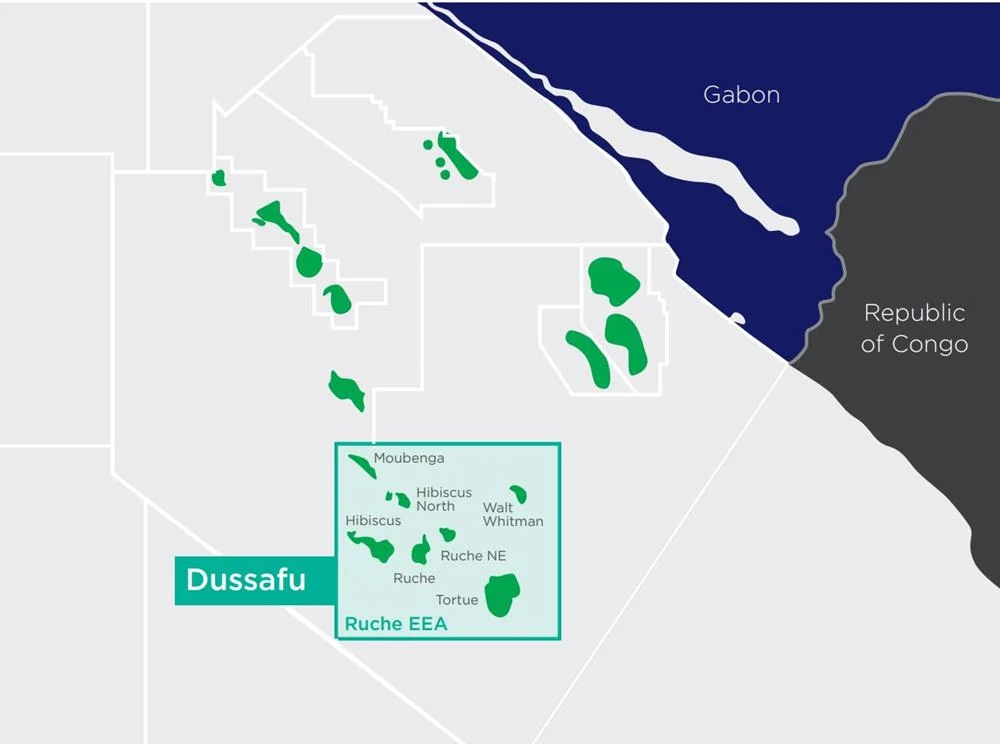Sasol obtains approval for Mozambique Field Development Plan
Sasol has obtained approval from the Mozambique Council of Ministers for its field development plan (FDP) that will see further hydrocarbon resources developed to support Southern Africa growth.
To be developed in phases, the first phase of the Production Sharing Agreement (PSA) licence area development proposes an integrated oil, LPG and gas project adjacent to Sasol’s existing Petroleum Production Agreement (PPA) area.
The PPA area is where natural gas from the Pande and Temane fields is currently produced and processed in a central processing facility before being transported via an 865-kilometre pipeline to gas markets in Mozambique and South Africa.
“The Mozambican gas industry is playing an increasingly important role in the regional energy landscape, and this project represents a major milestone in further developing natural resources, which will significantly benefit Southern Africa,” said David Constable, President and Chief Executive Officer, Sasol Limited.
“The PSA development is aligned with our commitment to both Mozambique and South Africa, and will enable us to drive our broader 2050 strategy, which reaffirms Sasol’s longer term role in Southern Africa,” concluded Constable.
It was in November 2015 when the Republic of Mozambique Pipeline Investments Company (ROMPCO) said it would expand the capacity of the existing 865 km of gas pipeline from the Central Processing Facility (CPF) at Temane in Mozambique to Secunda in South Africa.
ROMPCO a joint venture between Sasol, Companhia Mocambiçana de Gasoduto S.A. and South African Gas Development Company (SOC) Limited (iGas) owns the pipeline through which the gas purchased from Mozambique is transported to South Africa and to Ressano Garcia in Mozambique.
It is a cornerstone of the natural gas project that saw Mozambican gas monetised for the first time. The project has become a global benchmark in multilateral, cross-border public-private partnerships with significant benefits to all stakeholders.











